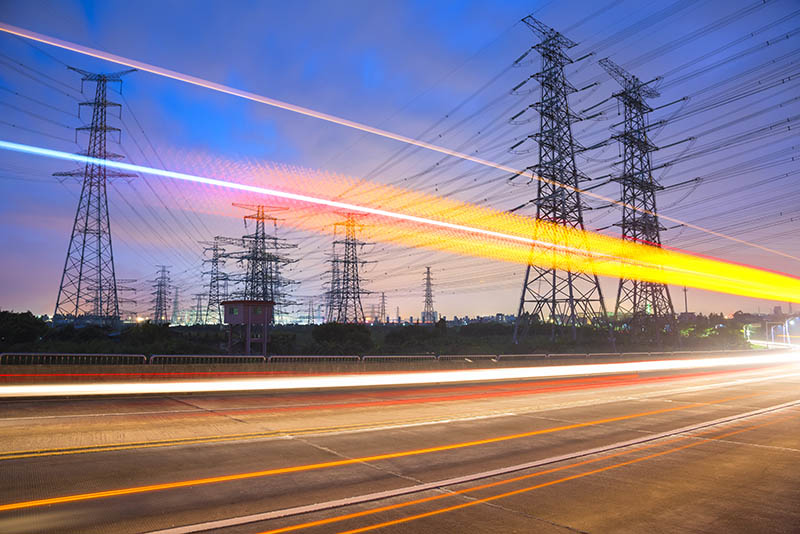Is the UK energy grid ready for EVs?

The UK government wants all new van and car purchases to be electric by 2035. Will the UK energy grid manage? How clean will the electricity be?
UK energy grid carbon intensity
The UK electricity grid is decarbonising rapidly. The body accountable for shifting electricity around the UK, National Grid ESO, aims for the supply to be 100% zero-carbon by 2025. The goal includes having the capacity to meet peak demand.
Carbon emissions reached a new low in 2020 at an average of 181g/kWh. In 2013 average emissions were 529g/kWh, equating to a drop of 65.8%. For the average mid-size car in 2020 providing 3.5 miles per kWh, that equates to 32g/km Co2 emissions, with just 1.6% of the energy produced by burning coal.
April 2021 recorded a new low of 39g/kWh, the equivalent of 6.9/km for the same mid-sized vehicle.
Your newly registered electric car will gradually become less carbon-intensive over the lifetime of its lease, thanks to the growing number of renewable energy sources.
Supporting electric vehicles on the UK energy grid
One of the concerns about increasing electric cars is the effect on the UK electricity grid. What happens when everyone returns home in the early evening and charges their vehicles when energy demand is at its peak?
However, peak time demand has fallen over the past 20 years, partly due to changing working patterns. The fall provides space for the projected 10% demand increase if all households swap to electric vehicles. One of the reasons the growth is so low is smarter electric vehicle charging.
Greener future foundations
Planning and preparation for an electric car future are already underway. Workplace and home chargers provided under grant schemes must be able to provide anonymous usage data exchange and charging rate adjustability to reduce spikes in demand.
The UK government is also investing in excess renewable energy storage capabilities. The excess is then released during high demand periods, reducing the demand for fossil fuels as a backup.
Using Smart technology
National Grid ESO forecasts that by 2050 80% of homes will smart charge their EVs. The technology allows them to pause vehicle charging to steady demand automatically. V2G (Vehicle to Grid) technology is expected to play a vital role. It enables energy from EV batteries to be returned to the grid when additional capacity is required.
DriveElectric, Octopus, and OVO Energy are leading the way with V2G trials. Not every vehicle is currently compatible with the required CHAdeMO charging standard. However, this may change depending on the results of the trials.
Minimising the carbon impact of your EV
There are several small changes you can make that significantly reduce the impact of your electric vehicle.
- Invest in a smart meter – see and track your energy usage live and provide helpful information that informs the integration of renewable energy sources into the grid. Speak to your energy provider about installation costs.
- Watch the grid – check out the live calculator from National Grid ESO to see the best times to plug in when the grid demand is at its lowest.
- Change your tariff – look for low carbon options, which are often cheaper as well. Dual Rate tariffs often provide more affordable unit costs for overnight charging when there is a much lower demand on the grid. Many utility companies offer specific renewable energy tariffs for EV drivers.
- Plan your charging – schedule your charging for off-peak times. Not only does this reduce your carbon footprint, but it also reduces your costs.









